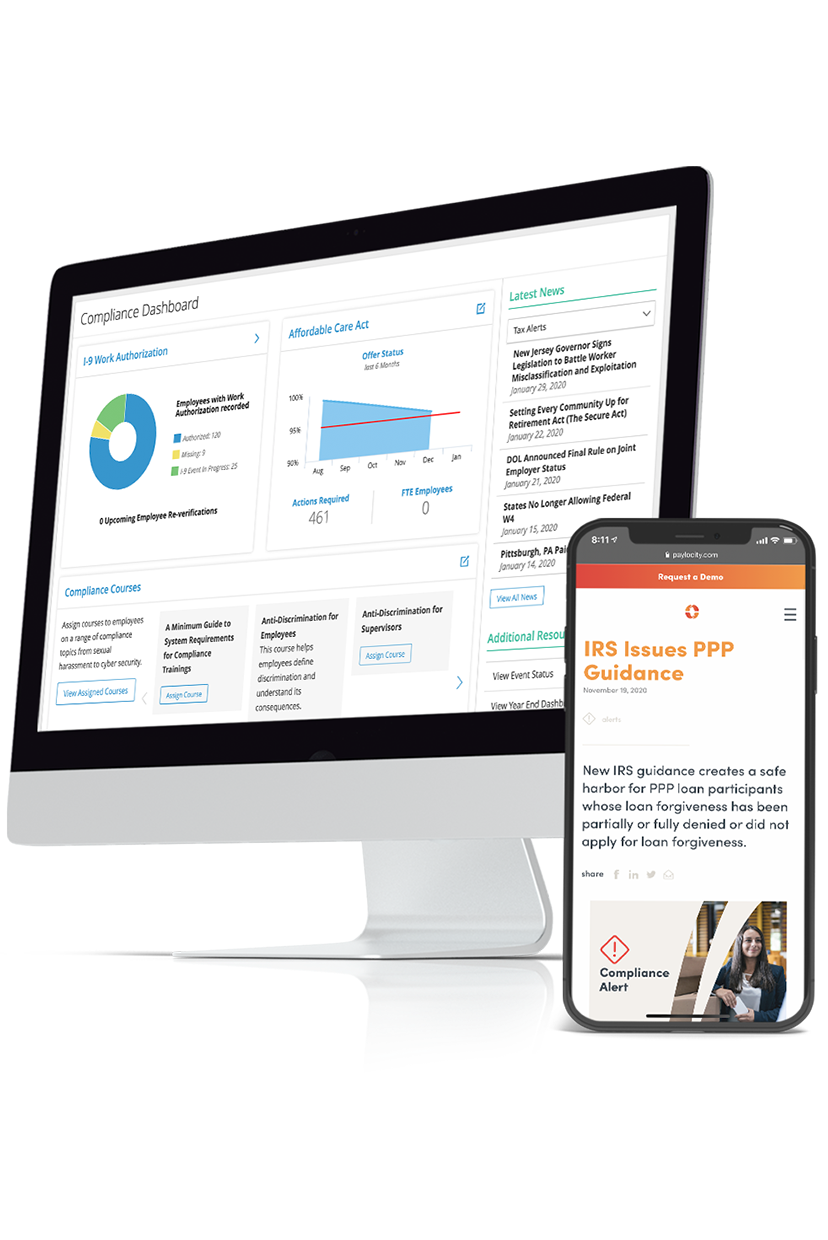resources
2023 California Employment Law Updates
October 20, 2023

New California Employment Rights
Effective January 1, 2024:
- Paid Sick Leave Amendments
- Leave for Reproductive Loss
- Ban on Non-Compete Agreements
Effective July 1, 2024:
- Workplace Violence Prevention
California Governor Newsom signed multiple bills into law that provide employment related rights for employees within the state.
SB 616 Paid Sick Leave Amendments
Effective January 1, 2024, SB 616 will expand Paid Sick Leave requirements to better match some of the local plans within the state. The amendments change the use limit of PSL from 24 hours (3 days) to 40 hours (5 days) and expand the max balance an employee can have from 48 hours (6 days) to 80 hours (10 days). An employer may still choose the accrual or frontloading method with the new increase in hours.
As a reminder, an employee is eligible to take paid sick leave if the employee has worked in California for the same employer for 30 or more days within a year from the commencement of employment.
SB 616 also increased the amounts of paid sick leave that must accrue if an employer uses an alternative accrual method. Specifically, California Labor Code Section 246(b) is amended as follows:
- An employer may use a different accrual method, other than providing one hour per every 30 hours worked, provided that the accrual is on a regular basis so that an employee has no less than 24 hours of accrued sick leave or paid time off by the 120th calendar day of employment or each calendar year, or in each 12 month period, and no less than 40 hours of accrued sick leave or paid time off by the 200th calendar day of employment or each calendar year, or in each 12 month period.
- An employer may satisfy the accrual requirements of this section by providing not less than 24 hours or 3 days of paid sick leave that is available to the employee to use by the completion of the employee’s 120th calendar day of employment, and no less than 40 hours or 5 days of paid sick leave that is available to the employee to use by the completion of the employee’s 200th calendar day of employment.
Additionally, SB 616 extends the PSL requirements to employees covered by collective bargaining agreements. The bill also states that this law preempts any local ordinances from providing less generous leave requirements so any local jurisdictions that require less than the above requirements must now meet or exceed the state.
SB 848 Leave for Reproductive Loss
SB 848 requires employers with 5 or more employees to allow an eligible employee to use up to 5 days of already existing paid leave for a reproductive loss. As defined by SB 848, a “reproductive loss” includes a miscarriage, failed surrogacy, stillbirth, unsuccessful “assisted reproduction” (such as artificial insemination or embryo transfer), or failed adoption.
If there is no existing applicable leave policy, reproductive loss leave may be unpaid, except that an employee may use vacation, personal leave, accrued and available sick leave, or compensatory time off that is otherwise available to the employee. The employer must allow the days an employee takes for reproductive loss leave to be nonconsecutive.
It shall be an unlawful employment practice for an employer to refuse to grant a request by any employee to take up to five days of reproductive loss leave following a reproductive loss event. If an employee experiences more than one reproductive loss event within a 12-month period, an employer shall not be obligated to grant a total amount of reproductive loss leave time in excess of 20 days within a 12-month period.
SB 553 Workplace Violence Prevention
SB 553 requires employers to develop and implement a workplace violence prevention plan by July 1, 2024. The plan must include:
- The name and/or job title of the person responsible for implementing the plan.
- Procedures for the employer to receive and respond to reports of workplace violence, and to prohibit retaliation against an employee who makes such a report.
- Information about how an employee can report a violent incident, threat or other concern to the employer or law enforcement without fear of reprisal.
- Methods to alert employees of the presence, location and nature of workplace violence emergencies.
- Evacuation or sheltering plans that are appropriate and feasible for the worksite.
- Information about how employee concerns will be investigated and how employees will be informed of the results of the investigation.
- Procedures to obtain the active involvement of employees in developing and implementing the violence prevention plan.
- Procedures to review the effectiveness of the violence prevention plan and revise it as needed.
Employers must provide training on their specific Workplace Violence Prevention Plan upon plan establishment and annual thereafter. The law also contains content requirements that the training must include. Supplemental training is required when a new or previously unrecognized workplace violence hazard is identified, and any time changes are made to the plan. It is the employer’s responsibility to provide the training and make any the necessary updates.
Employers must also keep a log of all reports of violence or threats and what the employer did about it. The records must be maintained for at least five years.
Effective January 1, 2025, employers are authorized to seek restraining orders on behalf of one or more employees when the employees have been the victim of violence, or a credible threat of violence has been made against them.
SB 699 Ban on Non-Compete Agreement
SB 699 is effective January 1, 2024, non-compete agreements entered into outside of California are not enforceable in California. Employers are prohibited from attempting to enforce a contract regardless of whether the contract was signed, and the employment was maintained outside of California.
Employees have the right to bring a private action under the updated law, with the ability to seek injunctive relief, the recovery of actual damages or both, along with attorney’s fees and costs if the employee prevails.
Employers with questions should request additional information from their legal counsel.
For more information on California wage and payroll tax laws, check out our California Wage and Payroll Tax Facts page.
Next Steps
As the effective dates near, we expect the California Department of Industrial Relations to provide more guidance or resources on their website. We will provide any additional updates for Paylocity clients in the Paylocity Knowledge Base, PEAK.
Thank you for choosing Paylocity as your Payroll Tax and HCM partner. This information is provided as a courtesy, may change and is not intended as legal or tax guidance. Employers with questions or concerns outside the scope of a Payroll Service Provider are encouraged to seek the advice of a qualified CPA, Tax Attorney or Advisor.

Keep Up With Compliance
Between constantly changing employment laws and updates to the Affordable Care Act (ACA), keeping your workplace compliant can be a time-consuming and costly challenge. Eliminate the stress and stay up to date with our Compliance Dashboard. View compliance alerts and get a bird’s eye view of what you need to do to avoid fines and penalties.
